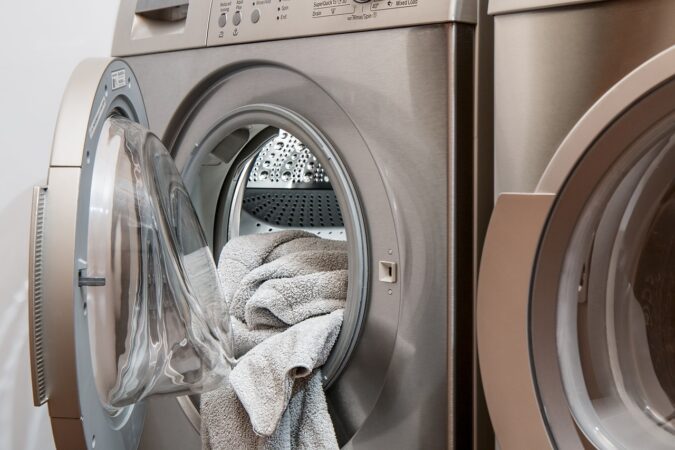In today’s world, where energy consumption is at an all-time high, reducing our power consumption is a sure way to save money. By making small changes in our daily routines and adopting energy-efficient habits, we can significantly contribute to saving power, saving money and protecting the environment. In this blog post, we’ll suggest ten practical tips for saving power in your household.
1. Switch to LED Light Bulbs
One of the easiest ways to save power is by replacing traditional incandescent bulbs with energy-efficient LED bulbs. LED bulbs consume up to 80% less energy and last much longer than their incandescent counterparts. Also, encourage your family members to turn off lights when leaving a room to maximise energy savings.

2. Unplug Electronics When Not in Use
Many household electronics and appliances consume power even when not in use due to standby mode. By unplugging devices such as televisions, computers, gaming consoles, and chargers when not in use, you can reduce unnecessary energy consumption and save power.
3. Optimise Heating and Cooling
Heating and cooling systems are major power consumers. To save energy, set your thermostat to an optimal temperature depending on the season. Use programmable thermostats to automatically adjust the temperature when the house is empty. Additionally, maintain proper insulation in your home to prevent much energy loss and keep windows and doors shut when it’s cold to reduce heat loss.
4. Use Energy-Efficient Appliances
When purchasing new appliances, opt for energy-efficient models with a high Energy Star rating. While sometimes initially more expensive, energy-efficient refrigerators, washing machines, dishwashers, and other appliances can significantly reduce your power consumption in the long run thereby saving your more over time.

5. Harness Natural Light
Make the most of natural light during the day by opening curtains and blinds. Instead of relying on artificial lighting, strategically position furniture and arrange rooms to maximise natural light, reducing the need for electric lights.
6. Opt for Air-Drying
Skip the energy-hungry dryer and air-dry your clothes instead. On sunny days, hang your laundry outside, and during colder months, use drying racks indoors. Not only will you save power, but you’ll also extend the lifespan of your clothes.

7. Power Down Computers Properly
Computers are often left running or in sleep mode when not in use. Encourage your family to shut down computers completely after each use. Sleep mode still consumes energy, whereas shutting down saves power and extends the lifespan of your computer.
8. Insulate Your Home
Proper insulation helps regulate temperature and prevents heat loss. Insulate your walls, attic, and windows to reduce the need for excessive heating or cooling. This will result in significant energy savings and a more comfortable living environment.
9. Make Efficient Use of Kitchen Appliances
Cooking and kitchen appliances contribute to a significant portion of a household’s energy consumption. Optimise energy use by using the appropriate sized pots and pans, utilising the right-sized burners, and keeping lids on while cooking. Additionally, consider using a microwave or toaster oven for small meals as they consume less power compared to a full-sized oven.
10. Educate Your Family
Saving power is a collective effort. Educate your family members, especially children, about the importance of energy conservation. Encourage them to practice energy-saving habits and involve them in making decisions that promote sustainability.

By implementing these ten practical tips, you can significantly reduce your family household’s power consumption and contribute to a more sustainable future. Remember, saving power directly reduces your energy bills. Embrace these energy-saving practices, make them a part of your daily routine, and inspire others to do the same.
Please pin this post to share.



Thanks!

Meagan





